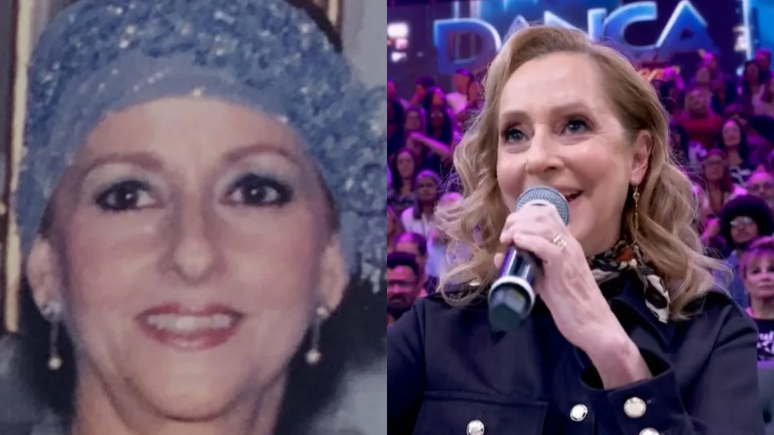The death of a 13-year-old boy in Sao Paulo is just the tip of the problem
Summary
Bullying is a repetitive and aggressive behavior, intentionally harmful, which involves various forms of violence, with often serious effects for the victims. To address this disease, a multifaceted approach is needed, including therapeutic intervention, which helps promote empowerment and self-acceptance.
Bullying is a repetitive and aggressive, intentionally harmful behavior that occurs between individuals to gain power or strength, implemented in different ways such as physical, verbal, social and virtual aggression.
According to the 2019 National School Health Survey (PeNSE), published by the Brazilian Institute of Geography and Statistics (IBGE), one in ten teenagers (13.2%) have felt threatened, offended and humiliated on social media or applications. Considering only girls, the percentage is even higher, equal to 16.2%. Among boys it is 10.2%.
Every day we see news of attacks in schools and violence among young people, which shows the urgency of a deeper reflection on human nature. The most recent case that presents the consequences of bullying and negligence of those around was that of Carlos Teixeira, 13 years old, who died a week after two students jumped on his back at the Júlio Pardo Couto state school, in Praia Grande. on the coast of Sao Paulo. According to the family, the boy had already reported being a victim, which led him to speak to the school management, who took no action.
Possible reasons and not justifications
While nothing new, this phenomenon continues to gain ground in an already tense environment. It is an often subtle form of violence, which leads us to reflect on a peculiarity: although it manifests itself in interactions between people, its causes are rooted in individual problems.
There are several reasons why bullies commit violence against people: they may have low self-esteem and use intimidation as a way to feel superior to others and compensate for their insecurities; living in dysfunctional family environments, lack of supervision, or abusive representation in the home; there are cases of social pressure, i.e. the “herd effect” in which the group of friends or the school culture reinforce aggressive attitudes as a way to obtain social acceptance; lack of empathy with others; as well as mental health problems, such as conduct disorders, impulsivity or difficulties with emotional regulation.
Another common point to note in these cases is that in some places dominance is valorized, which influences the actions of these individuals; and people who have been victims of abuse, neglect, or trauma may be more likely to reproduce aggressive behaviors as a way to cope with their own suffering or feel control over others.
Prevention and intervention strategies
To combat this evil it is necessary to adopt a multifaceted approach that involves the entire school community. This includes implementing anti-bullying policies, education and awareness programmes, support for victims and effective intervention when these factors occur.
Role of supportive therapy
Therapy plays a crucial role in promoting mental health and supporting victims. Trained therapists provide a safe and nurturing space to explore your identity, process traumatic experiences, and develop healthy coping strategies. Additionally, treatment helps challenge harmful internalized beliefs and promote empowerment and self-acceptance.
Psychological sessions play a vital role in supporting these cases, bringing a unique and specialized approach to understanding and intervening on this problem. Here are some ways these professionals help:
• Neuropsychological evaluation: Detailed assessments are conducted to understand the cognitive, emotional and behavioral abilities of the children involved, both victims and perpetrators. These include intelligence tests, executive functions, emotional processing, and social attitudes.
• Identification of risk and protective factors: Based on the assessment, the psychologist identifies risk and protective factors that influence involvement in bullying, such as learning difficulties, mental health problems, social skills, among others.
• Individualized intervention: By understanding the specific needs of each child, the psychologist develops personalized interventions to help the victim cope with the trauma and develop effective coping strategies. Likewise, he develops actions to help aggressors understand and control their aggressive behavior.
• Social skills training: Social skills training can be offered to children who have difficulty interacting and relating healthily to others. This should help them develop empathy, resolve conflicts constructively and establish positive interpersonal relationships.
• School intervention: Attitudes such as collaborating with the school team to implement bullying prevention programs, encouraging a safe and inclusive environment, as well as offering support to victims and perpetrators are important.
• Guide for parents and family: There is a need to provide guidance and support to parents and families of children involved in bullying, helping them to understand their children’s needs and offering strategies to support them at home.
Priscila Gasparini Fernandes is a psychoanalyst specializing in neuropsychology and neuropsychoanalysis.
Source: Terra
Ben Stock is a lifestyle journalist and author at Gossipify. He writes about topics such as health, wellness, travel, food and home decor. He provides practical advice and inspiration to improve well-being, keeps readers up to date with latest lifestyle news and trends, known for his engaging writing style, in-depth analysis and unique perspectives.









